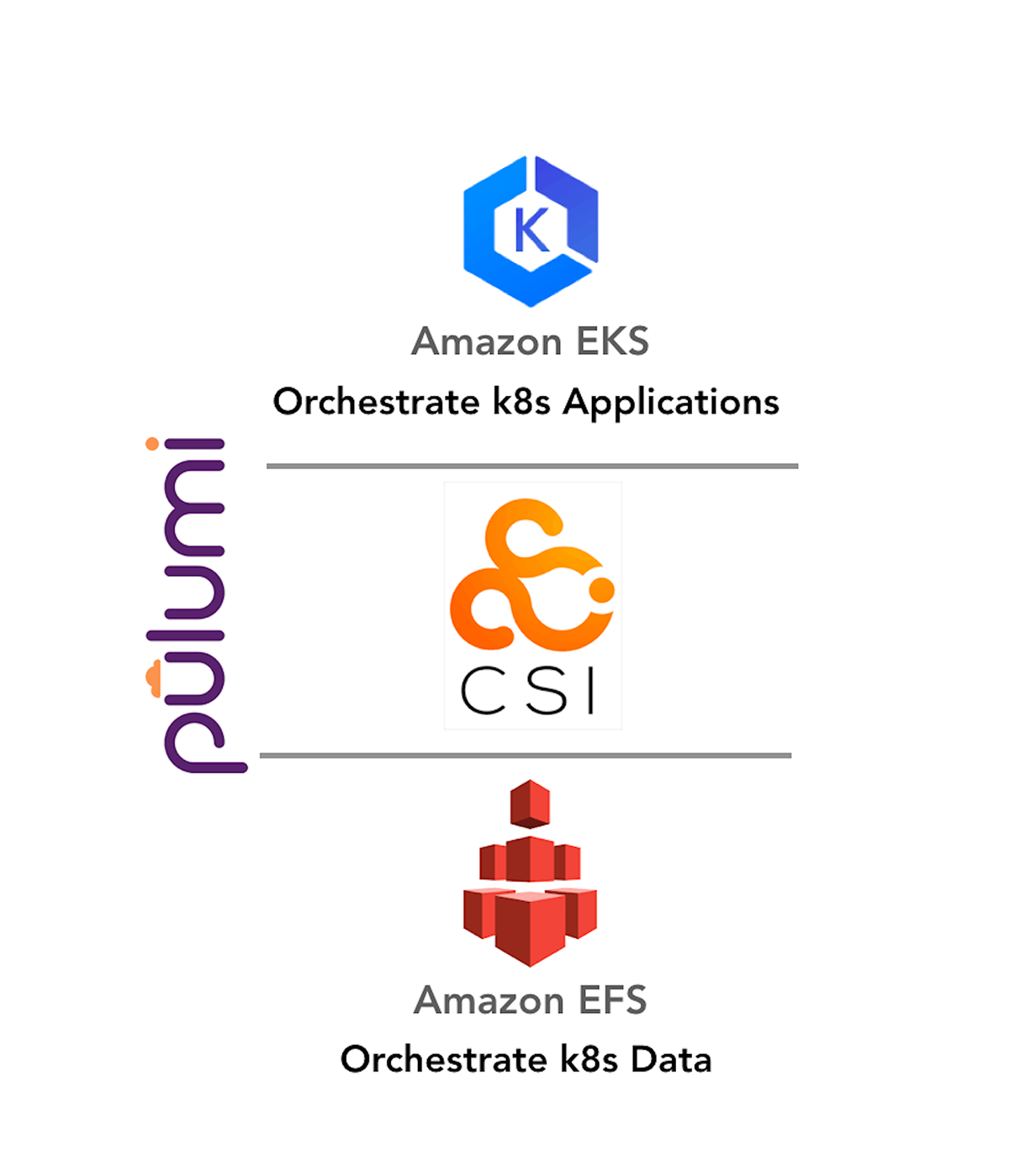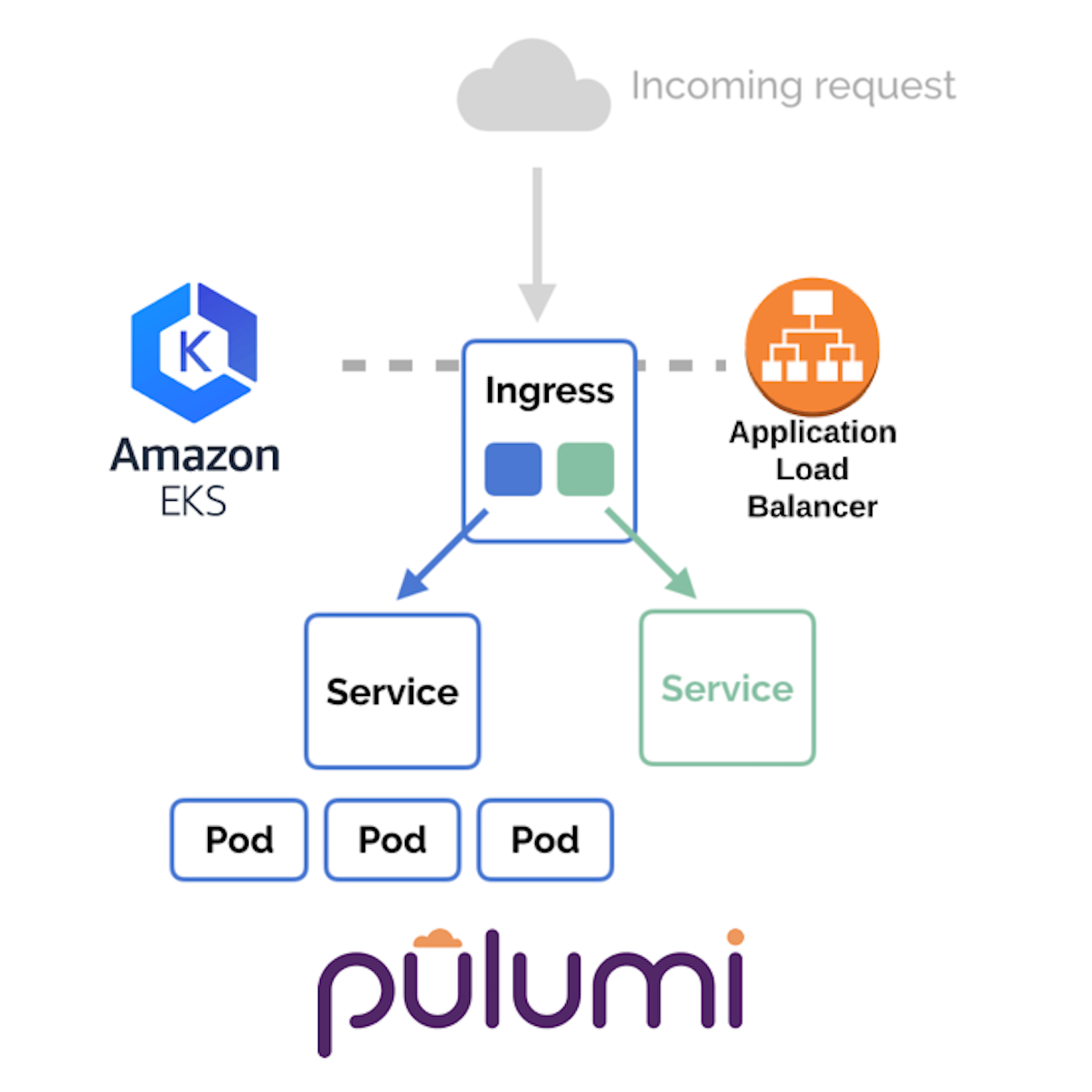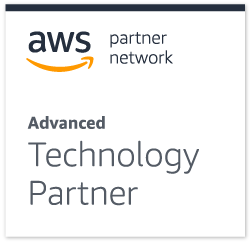Getting Started on DigitalOcean with Pulumi

Pulumi recently added support for managing DigitalOcean resources. This article will show you how to deploy some load balanced Droplets on DigitalOcean using Pulumi.

Pulumi recently added support for managing DigitalOcean resources. This article will show you how to deploy some load balanced Droplets on DigitalOcean using Pulumi.

Last Wednesday, we invited members of our local Seattle community to Pulumi HQ for the July Pulumi Up meetup. The evening began with some networking time wherein our guests met some Pulumi engineers and users they may have only ever interacted with over Pulumi’s Community Slack while enjoying free pizza and beverages. This month’s meetup featured two talks by Pulumi engineers.
Unfortunately, due to travel issues, Paul Stack wasn’t able to join us in person, but graciously agreed to present remotely… from Europe… at 4:00 in the morning. He presented “Application code isn’t the only code that can have APIs” and went over how programming languages help in building the best infrastructure code. During the talk, he presented a simple Pulumi program for creating an RDS instance and walked through the simple programming constructs he utilized to help create APIs that anyone could code against. Here’s a recording of his talk, with the video also available on the Pulumi TV YouTube Channel.

The Amazon Elastic File System Container Storage Interface (CSI) Driver implements the CSI specification for container orchestrators to manage the lifecycle of Amazon EFS filesystems. The CSI specification defines an interface along with the minimum operational and packaging recommendations for a storage provider to implement a CSI compatible plugin. The interface declares the RPCs that a plugin must expose. The CSI drivers are the right mechanism to work with, when using a cloud storage component with Kubernetes workloads. Amazon Elastic File System (Amazon EFS) provides parallel shared access through a standard file system interface to Amazon EC2 instances and Linux-based workloads without disrupting your applications. EFS is a regional service storing data across multiple Availability Zones (AZs) for high availability and durability.

Testing your infrastructure using familiar tools like Node.js’s Mocha framework allows you to ensure configuration is correct before provisioning, and that the resulting infrastructure has certain desirable properties afterwards. This can enforce team standards, ensure security guidelines are being followed, and so much more. Because Pulumi uses general purpose languages, you can just embed tests alongside your infrastructure-as-code definitions themselves, using a familiar authoring style and reporting experience. In this post, we’ll explore the ins and outs of unit testing your infrastructure.

Kubernetes Ingress is an API object that allows you manage external (or) internal HTTP[s] access to Kubernetes services running in a cluster. Amazon Elastic Load Balancing Application Load Balancer (ALB) is a popular AWS service that load balances incoming traffic at the application layer across multiple targets, such as Amazon EC2 instances, in a region. ALB supports multiple features including host or path based routing, TLS (Transport layer security) termination, WebSockets, HTTP/2, AWS WAF (web application firewall) integration, integrated access logs, and health checks.
The AWS ALB Ingress controller is a Kubernetes SIG-AWS subproject - it was the second sub-project added to SIG-AWS after the aws-authenticator subproject. The ALB Ingress controller triggers the creation of an ALB and the necessary supporting AWS resources whenever a Kubernetes user declares an Ingress resource on the cluster. TargetGroups are created for each backend specified in the Ingress resource. Listeners are created for every port specified as Ingress resource annotation. When no port is specified, sensible defaults (80 or 443) are used. Rules are created for each path specified in your ingress resource. This ensures that traffic to a specific path is routed to the correct TargetGroup.
In this post, we will work through a simple example of running ALB based Kubernetes Ingresses with Pulumi EKS, AWS, and AWSX packages.

Pulumi is excellent at connecting multiple cloud components into a cohesive application. In my previous post, I introduced the way to mix JavaScript or TypeScript serverless functions directly into the cloud infrastructure programs.
Today, I will build a serverless application with both the data store and the HTTP endpoint located close to end users to ensure prompt response time. The entire application runs on top of managed Azure services and is defined as a single Pulumi program in TypeScript.

Static websites are back in the mainstream these days. Website generators like Jekyll, Hugo, or Gatsby, make it fairly easy to combine templates and markdown pages to produce static HTML files. Static assets are the simplest thing to serve and cache, so the whole setup ends up being fast and cost-efficient.
Many platforms offer services to host such static websites. This post explains the steps to create the infrastructure to do so on Microsoft Azure.



Amazon Elastic Container Registry (ECR) is a fully-managed Docker container registry that makes it easy for developers to store, manage, and deploy Docker container images. ECR is integrated with Amazon Elastic Container Service (ECS), including for Kubernetes (EKS), simplifying your development to production workflow, securing access through IAM, and eliminating the need to operate your own container repositories or worry about scaling the underlying infrastructure. ECR hosts your images in a highly available and scalable architecture, allowing you to reliably deploy containers for your applications. In this article, we’ll see how Pulumi Crosswalk for AWS lets you use infrastructure as code to easily build, publish, and pull from private ECR repositories.

One year ago today – on June 18, 2018 – we open sourced Pulumi, a new approach to multi-cloud infrastructure as code using your favorite languages. And what a year it has been!